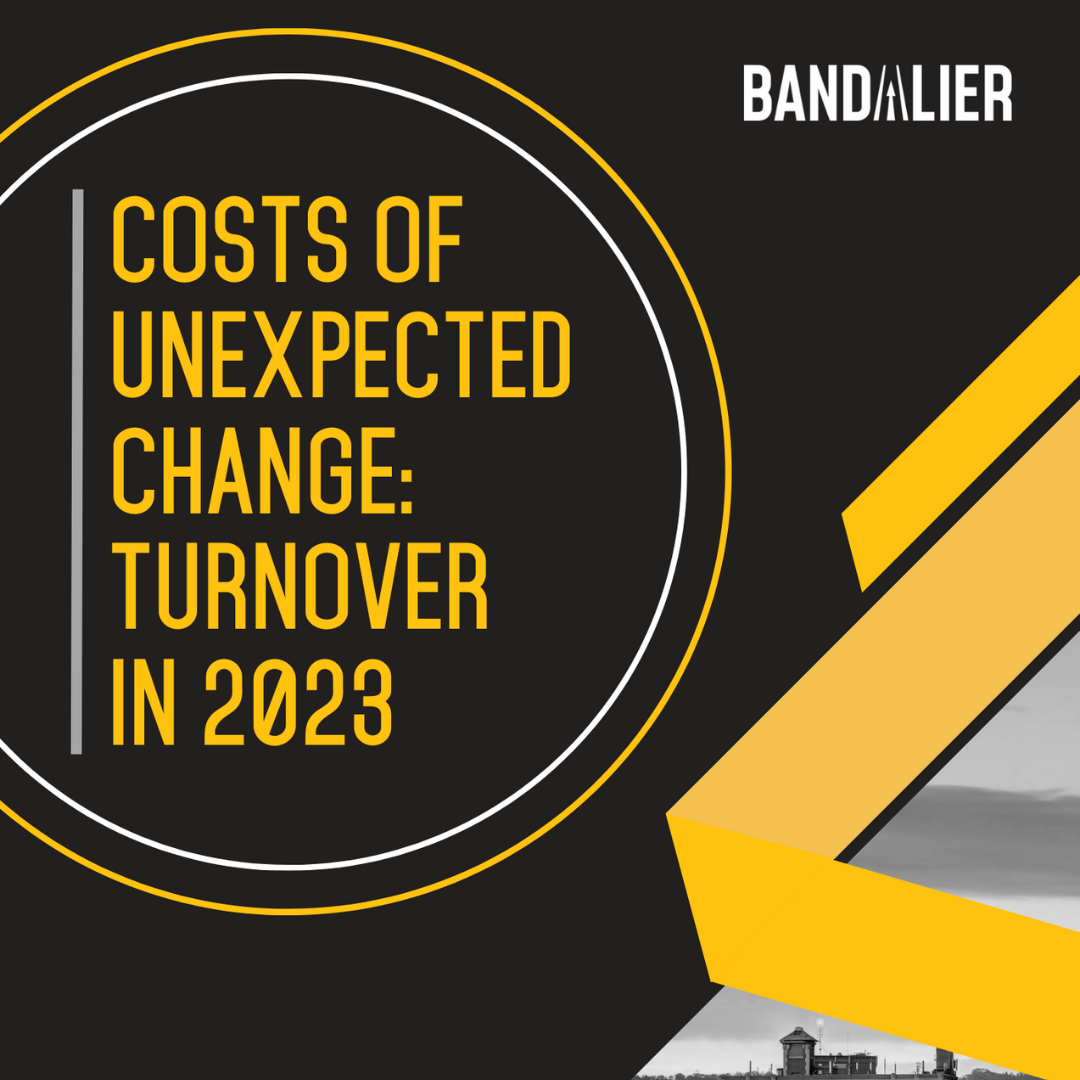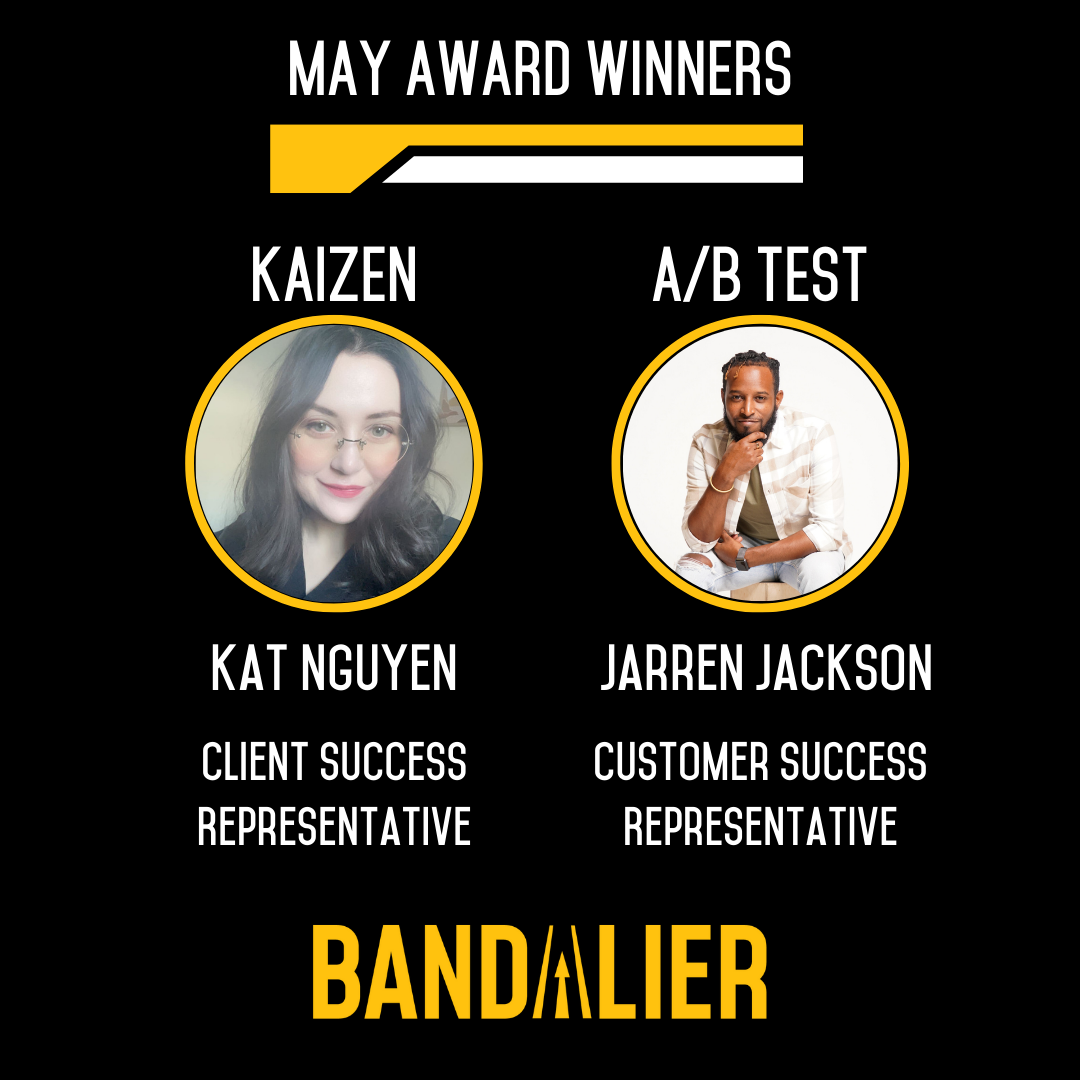Patient engagement is key to improving health outcomes. For growing healthcare organizations, it can also be a resource-intensive initiative. In this article, we’ll explore the key strategies and benefits of emphasizing patient engagement.
What is patient engagement?
Patient engagement is a broad term that describes the process of empowering patients to become active participants in their own healthcare. There are a variety of activities that healthcare providers can offer, ranging from app-based medication reminders to instructional sessions on new treatment plans. While healthcare systems may define some set processes to promote engagement, creating a standard process will only deliver marginal benefits. Personalized engagement plans are much more likely to drive success. Each patient’s unique healthcare experience and understanding deserves a unique engagement plan.
Why is patient engagement important?
Emphasizing patient engagement promises a myriad of benefits to patients and healthcare organizations alike. Engaged patients are empowered to collaborate with their care team, provide feedback and make decisions about their healthcare, navigate their healthcare system, and participate in activities that will improve their overall health. In a 2012 study of more than 25,000 patients, highly-engaged patients were more likely to pursue preventative care and less likely to spend time in the hospital or emergency room. Thus, these patients have lower healthcare costs than their disengaged peers. This gives healthcare providers more capacity to care for patients.
How can you improve patient engagement?
Evidence-based patient engagement strategies recommend incorporating a wide variety of activities. We’ll outline a few, but remember that you’ll need to adapt these strategies to meet the evolving needs of each patient.
Test New Technology
Remote care promises some of the most significant options to increase patient engagement. Transport, appointment availability, and scheduling all present significant impediments to care; all can be avoided with the option of telehealth appointments. However, telehealth platforms are only one new type of technology to test. With more people than ever having access to smartphones, many healthcare providers are exploring different apps that offer patient support. The field is expanding, too, with options available for start-ups and enterprise healthcare systems alike.
As you consider implementing new tools, consider the demographics of your patients, and which structures are likely to be most impactful for them. Older patients may still prefer face-to-face appointments, while younger patients may be more open to app-based health reviews and reminders.
Test New Communication Styles
Part of driving patient engagement is clear communication. That may mean utilizing translation services for patients who speak different languages or finding ways to reduce technical language when explaining new diagnoses. Educating patients is key – encourage your staff to leave space for questions when they meet with patients, and make sure to provide additional resources for patients who may wish to do more research on their new diagnoses. Your goal is to improve your patient’s health literacy – doing so will create a strong foundation to encourage their engagement over time.
As you build a relationship with your patient, consider building relationships with their caregivers, too. For patients with complex or chronic health conditions, creating engagement plans that include family members or professional caregivers can generate positive results.
Test New Teams
For growing healthcare organizations, implementing new engagement strategies may come with challenges. Your team will need to spend time developing effective strategies for collaborating with patients and their families, researching new tools, and communicating with patients in new ways.
You may need to explore adding more capacity to support your team. Adding an outsourced patient engagement team can give critical time back to your in-house team. Contact us today to discuss different options for building a team that’s focused on making an impact.














